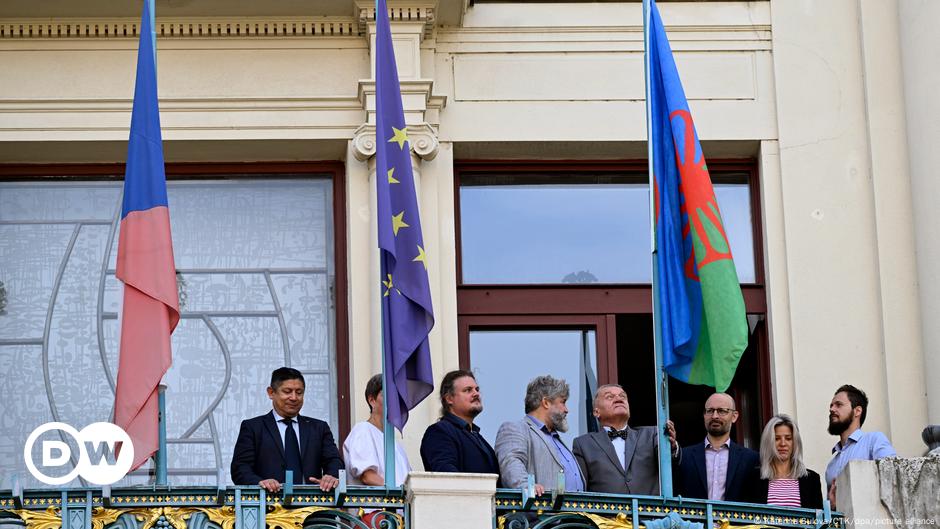Sinti and Roma people from across Europe gathered at the Holocaust memorial at Auschwitz-Birkenau in Poland on Wednesday to remember the murder of an estimated 500,000 men, women and children by Nazi Germany during the Second World War.
Wednesday marks the international day of remembrance for Sinti and Roma victims of the Holocaust.
On August 2, 1944, the last remaining 4,300 Sinti and Roma people being held in the Auschwitz-Birkenau concentration camp were killed.
Prejudices continue against Roma and Sinti in Europe
German Culture and Media Minister Claudia Roth, from the Green party, remarked that “anti-Romani prejudices and sentiments in our society are still far too widespread.”
She pointed to how “up to half a million Sinti and Roma were violently killed in Nazi Germany,” adding that discrimination against Sinti and Roma did not begin in 1933 “and did not simply end in 1945.”
According to a poll cited by the Catholic news agency KNA, four out of 10 Sinti and Roma people have experienced discrimination in the past four years.
European Parliament Vice-President Nicola Beer, who hails from Germany, said that “these shocking numbers stand in contradiction to our European basic values and our understanding of equality for all.”
EU calls for more work to be done against anti-Romani prejudice
The European Commission released a statement from Commission President Ursula von der Leyen, Vice President Vera Jourova and Commissioner for Equality Helena Dalli.
“Europe has a duty to protect its minorities from racism and discrimination,” the statement said.
“As the number of survivors and witnesses of these horrors dwindles, it is our duty, now more than ever, to continue their remembrance and pass on their testimonies.”
“Together, we must counter and eliminate antigypsyism in all its forms!” the Commission said.
A report from the European Commission looking into how well different EU member states had incorporated strategic frameworks to promote equality, participation and diversity for Roma and Sinti people said that many countries had not yet fully implemented the measures.
Twelve member states, including Germany and Austria, had only partially included measures to tackle anti-Romani prejudices, while another six had only included “the minimum commitments to a very limited extent.”



That’s why I’m confused about why the article talks about the two as if they were separate and not one being a subset of the other.
It’s the typical German term (DW being German media). The German wiki has a page dedicated to the combined term “Sinti und Roma” itself.
From this and other articles on the German wiki, it seems like the Sinti came to Germany first and want to be differentiated from other Roma that mostly came in the 1960s. (I’m really no expert on this, so please correct me if I’m wrong).